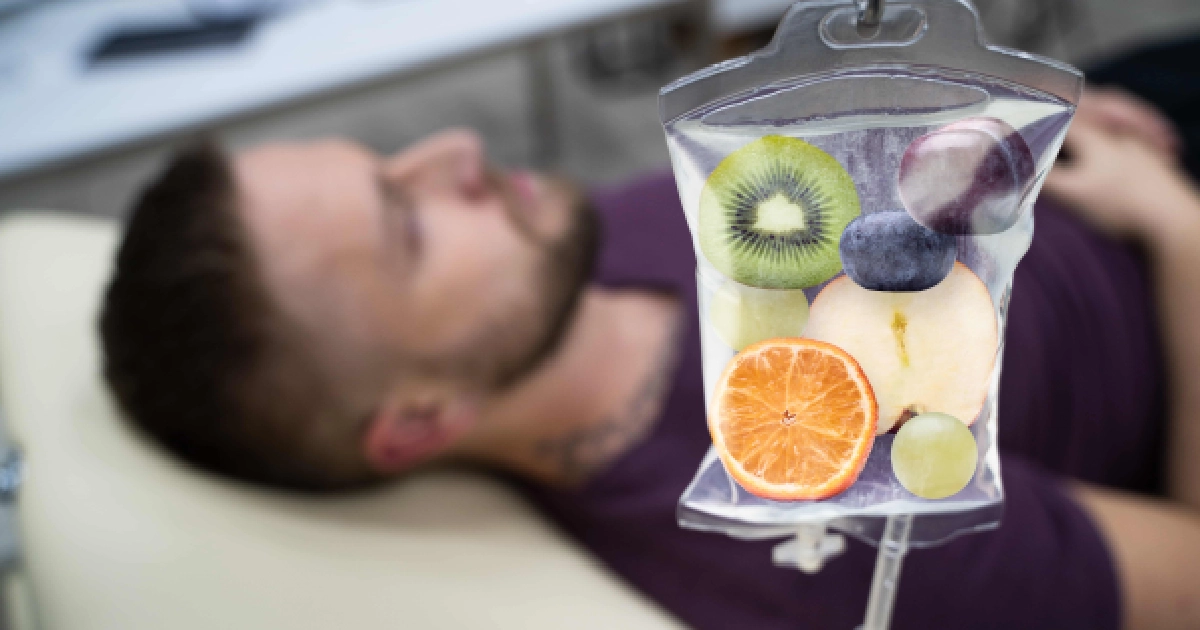Table of Contents
You’re not alone if you’ve ever dealt with stiff shoulders after a long workday or nagging lower back pain that refuses to go away. Many people live with chronic muscle tension, often caused by a mix of daily stress, posture issues, and physical strain. For others, high levels of physical activity, anxiety, or even poor sleep can lead to soreness that just doesn’t seem to ease with rest alone.
Unsurprisingly, more people are turning to massage therapy as part of their wellness routine, for relaxation and real relief. Whether searching for comfort from sore muscles, support for chronic pain, or simply looking for a better way to unwind, massage offers a thoughtful, non-invasive approach.
At Revive IV Lounge in Buford, GA, massage therapy is more than just a luxury. It’s a supportive treatment that addresses the actual causes of discomfort, not just the symptoms. Let’s explain how it works, who it’s for, and what you can expect.
What Is Massage Therapy & How Does It Relieve Tension and Muscle Pain?
Massage therapy involves manipulating soft tissues—muscles, tendons, ligaments, and fascia—using manual techniques like kneading, pressing, or stretching. While it might seem simple, its effects on the body go much deeper than most realize.
Blood flow may be impeded when a muscle becomes stiff. This slows recovery from minor strains or overuse by causing discomfort & decreased mobility. An effective massage promotes lymphatic drainage, breaks adhesions, and increases circulation. This procedure helps your body’s innate ability to heal itself while reducing edema and muscle fatigue.
Another essential player? The nervous system. Massage helps stimulate the parasympathetic nervous response, also known as the “rest and digest” state. This allows lower cortisol (stress hormone) levels, relaxes muscles, and calms the mind, which is essential for sustained relief from muscle tension and pain.
Massage Therapy Benefits
While everyone’s body responds differently, most people who receive regular massages experience various physical and mental benefits. Here’s what you can typically expect:
- Muscle tension relief and improved flexibility: Massage therapy can help you move more comfortably by reducing stiffness and elongating the muscles, especially if you sit for long periods or engage in repetitive movements.
- Effective muscle pain treatment: Targeted massage techniques, like deep tissue or trigger point therapy, can significantly reduce pain caused by tight knots or overworked muscles.
- Better circulation and faster recovery: Improved blood flow helps deliver oxygen & nutrients to muscle tissues, accelerating recovery and flushing out metabolic waste contributing to soreness.
- Stress and anxiety reduction: Through calming pressure and rhythm, massage naturally reduces stress hormones and boosts serotonin and dopamine, chemicals that help you feel good.
- Enhanced sleep quality: Less tension means more profound, more restful sleep. Many clients report falling asleep more easily after a massage and feeling refreshed.
- Improved posture and alignment: Massages can support better body mechanics over time by relaxing tight muscle groups that pull joints out of balance.
- Support for chronic conditions: Those living with fibromyalgia, tension headaches, or arthritis often find that massage improves their quality of life by reducing flare-ups and boosting comfort.
Who Is Massage Therapy Best For?
Massage is a versatile treatment that fits into many lifestyles. Whether you’re working long hours at a desk or hitting the gym hard, this therapy can help restore balance in your body.
- Busy professionals with desk jobs: Constant sitting leads to back, shoulder, and neck tension. Tension relief massage helps release these high-strain zones.
- Athletes and active individuals: Whether you run marathons or lift weights, massage aids muscle recovery and reduces the risk of injury.
- People dealing with chronic muscle pain: Those managing recurring issues like sciatica, TMJ, or migraines can benefit from massage therapy for pain
- Older adults: As we age, muscles lose elasticity. Gentle massage can improve circulation, joint function, and day-to-day mobility.
- New parents or caregivers: The physical and emotional stress of caregiving can show up in the body. Massage offers both physical relief and mental reset.
- Those recovering from minor injuries: With your provider’s clearance, massage can be part of your recovery plan. It can help improve movement and reduce the development of scar tissue.
Even if you’re feeling overwhelmed or out of sync with your body, a massage can help reconnect you to a calmer, more balanced state.
What to Expect
Before Your Appointment
- Show up a few minutes early to fill out intake forms and share any areas of concern.
- Wear loose, comfortable clothing.
- Avoid heavy meals beforehand and stay hydrated.
During the Session
- Depending on your goals, your session may last 30, 60, or 90 minutes.
- You’ll be asked to undress to your comfort level and lie on a table covered by a sheet.
- The therapist will check in about pressure and comfort levels, adjusting as needed.
Aftercare and Recovery
- You may feel relaxed or slightly sore in tight areas—this is normal and usually passes within a day.
- Drink plenty of water to help flush out lactic acid released during the session.
- Gentle stretching can enhance the effects of your treatment.
Timeline for Results
- Some people feel immediate tension relief after their first session.
- Chronic issues may take several sessions to resolve fully.
- For best results, consider regular sessions—biweekly or monthly, depending on your needs.
FAQs
Is massage therapy safe for everyone?
Massage is generally safe for most people. However, consult your healthcare provider before scheduling a session if you have blood clots, recent surgeries, or certain health conditions.
How often should I get a massage?
This depends on your goals. For general stress relief, once a month may be enough. Weekly or biweekly sessions might be more helpful for chronic pain or muscle tightness.
Will massage therapy hurt?
You might feel some discomfort if your muscles are very tight, but a massage should never be painful. Always communicate with your therapist if you need lighter pressure.
What’s the difference between Swedish and deep tissue massage?
Swedish massage uses light to moderate pressure & focuses on relaxation. A deep tissue massage aims at deeper layers of muscle to relieve chronic tension or injuries.
Do I need to do anything after the massage?
Hydration is key. Drinking water helps remove toxins released from the muscles. Taking it easy after your session can also prolong the benefits.
Massage in Buford, GA
Massage therapy is offered at Revive IV Lounge in Buford, GA as part of a broader approach to wellness. Clients often combine massage with IV hydration, red light therapy, or other wellness services to support physical performance, stress management, and recovery. If you’re dealing with physical tension, chronic aches, or need to relax from your routine, massage can be a great way to reset your body & mind. Contact Revive IV Lounge today!
Ready for Relief Now?
Whether you’re managing pain, looking to improve mobility, or simply want a relaxing escape, massage therapy at Revive IV Lounge in Buford, GA, can help you feel more at ease in your body. Ready for relief? Learn how massage therapy can help and book your session now! Let our expert therapists guide you toward lasting comfort—one session at a time.



